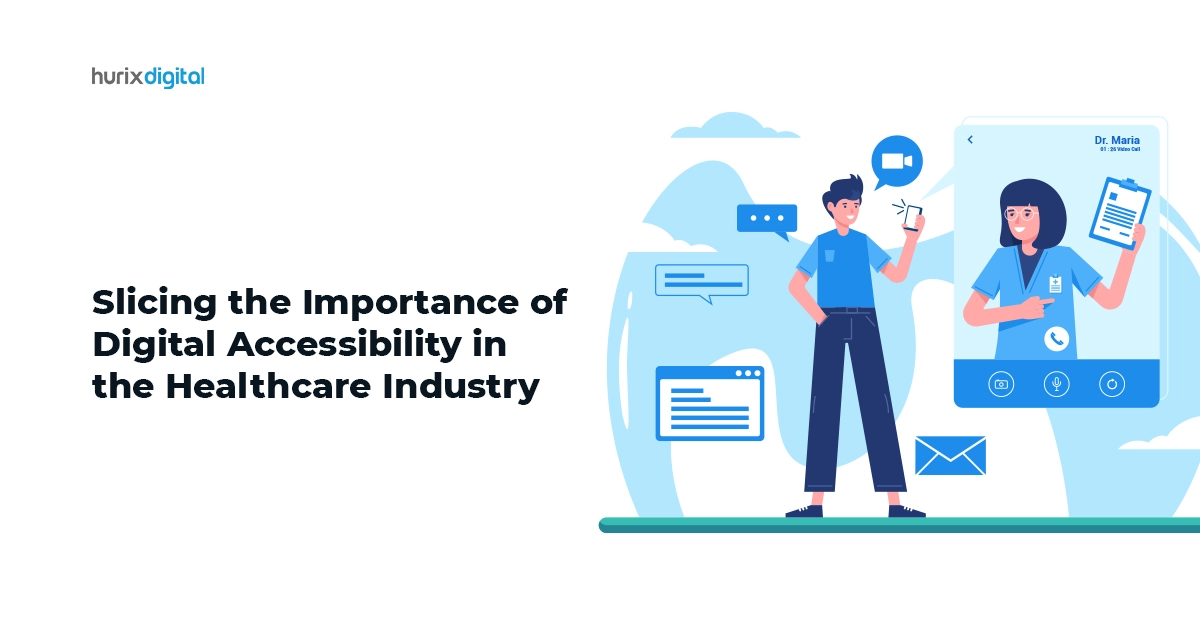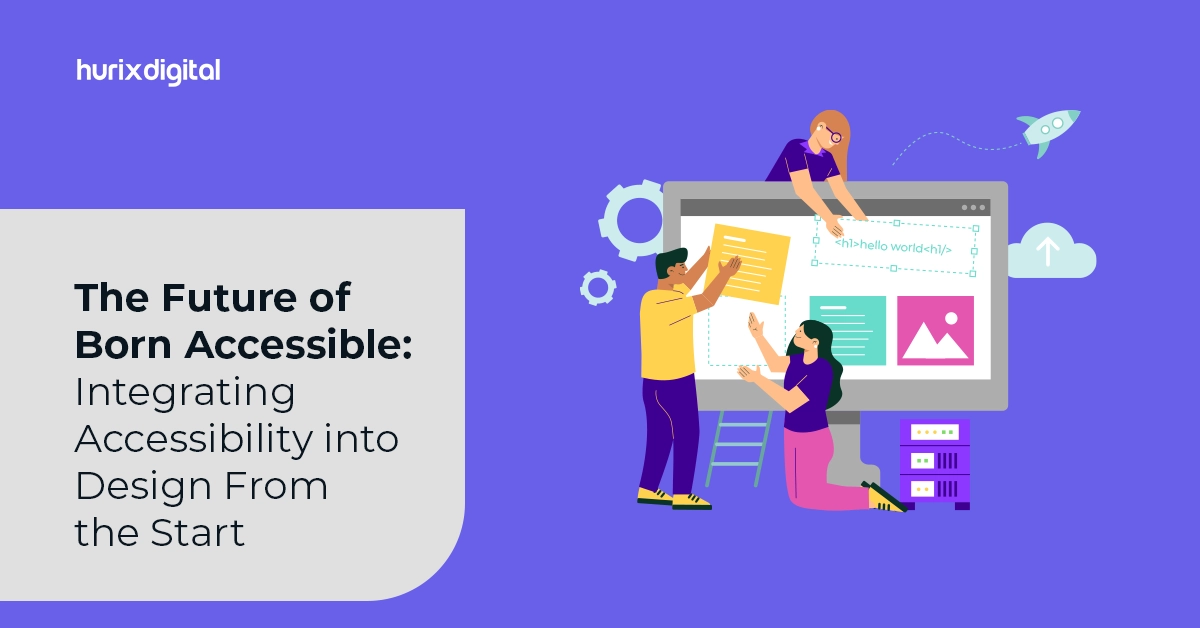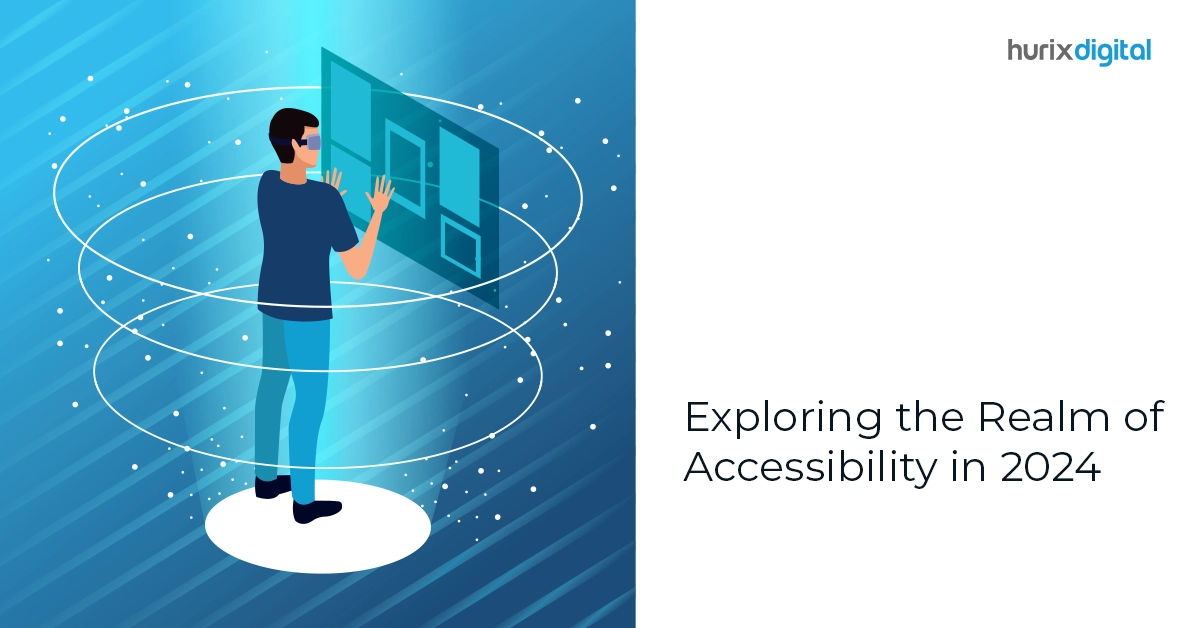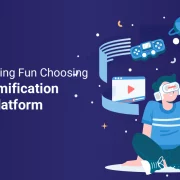
Leading Accessibility in the Digital Era: Focus on Metaverse and Web3
Summary
This article explores leading accessibility in the digital era, focusing on the metaverse and Web3. It examines how emerging technologies can be designed to ensure inclusivity to make digital spaces accessible for everyone.
On the verge of game-changing technology such as the Metaverse and Web3, the urgency for digital accessibility is growing. These emergent platforms promise to define new human interaction by creating new worlds or spaces, uniting virtual reality, augmented reality, and mixed reality in full immersion. But as we explore these new digital areas, it’s important to ensure that people with disabilities can also access them.
Digital accessibility in these environments should aim for inclusivity; it’s about giving fair opportunities for participation and engagement. The problems are vast, yet so are the opportunities for more inclusivity. XR accessibility innovation will enable breakthroughs in how people of all abilities interact with digital content and with each other.
Table of Contents:
- Understanding the Scope of Digital Accessibility in the Metaverse and Web3
- Challenges of Metaverse Accessibility
- Web3 Inclusivity and Accessibility Guidelines
- Extended Reality (XR) Accessibility Innovations
- Case Studies: Successful Accessibility Implementations in Web3 and XR
- To Wrap Up
Understanding the Scope of Digital Accessibility in the Metaverse and Web3
Understanding the significance of digital accessibility with respect to emerging technologies means we need to focus on some key terms:
- Metaverse: It refers to a collective virtual shared space where enhanced physical and digital realities converge. It offers persistent interaction, enabling real-time engagement between people and digital objects.
- Web3: The third generation of the web, including decentralization, blockchain technologies, and token-based economics concepts that try to be more user-centered and respectful of privacy.
- Extended Reality (XR): This term includes all of the immersive technologies developed under it, such as Virtual Reality (VR), Augmented Reality (AR), and Mixed Reality (MR). These technologies expand our current reality by blending the virtual and ‘real’ worlds or by creating a fully immersive experience.
The pursuit of digital access to these worlds is an obvious fundamental requirement. Accessibility here means making the Metaverse, Web3, and XR spaces usable for people with a wide range of disabilities, including visual, auditory, physical, speech, cognitive, and neurological disabilities.
The more fundamentally digital those environments are in daily interaction, business, and governance, the more urgently needed this inclusivity will be. Otherwise, we risk exacerbating existing social inequalities.
Also Read: Top 5 Reasons for Digital Accessibility Compliance in Europe
Challenges of Metaverse Accessibility
Creating an accessible Metaverse is a unique challenge, especially given the diverse needs of people with disabilities. The more we use VR and AR environments, the greater the need for comprehensive accessibility strategies.
1. Virtual Reality Challenges
- Navigation: Individuals with mobility disabilities might find it difficult to navigate VR environments that require physical movement or gestures.
- Visual and Auditory Information: VR heavily relies on visual cues and sounds. People with visual or hearing impairments may struggle to receive the full experience unless alternatives like text descriptions or sign language avatars are integrated.
2. Augmented Reality Challenges
- Real-Time Data Interpretation: AR enhances the real world with digital overlays. However, translating this information accessibly, such as providing audio descriptions for visual data, poses a significant challenge.
- Interaction Mechanisms: Standard AR interaction techniques, like tapping or swiping on virtual objects, can be inaccessible to people with certain physical disabilities.
3. General Challenges
- Cognitive Overload: VR and AR usually have a fast pace and complexity in information delivery. This can result in cognitive overload on users with cognitive disabilities.
- Risk of Seizures: In many environments, flickering lights and bold patterns have been known to trigger seizures in people with photosensitive epilepsy.
Web3 Inclusivity and Accessibility Guidelines
Web3’s decentralized architecture provides an exciting opportunity to create platforms that are necessarily inclusive. This opportunity can only be realized if it is concurrent with high accessibility standards that would guarantee participation from anyone, regardless of their physical or cognitive capacities.
Here are some practices for enhancing Web3 accessibility:
1. Adhere to Established Web Accessibility Guidelines
Adhere to the Web Content Accessibility Guidelines (WCAG) 2.1 developed by the World Wide Web Consortium (W3C). These guidelines are regarded as the pinnacle in making web content operable, understandable, and robust.
2. ARIA and Semantic HTML5
Apply semantic HTML5 elements to content structure and advanced accessible rich Internet Applications (ARIA) to improve dynamic content accessibility and advanced user interaction controls in User Interface development using HTML, JavaScript, and related technologies.
3. User-Centered Design
Engage people with different types of disabilities in the design process so that the Web3 platform truly reflects users’ needs. Regular user testing with diverse groups to test these platforms for usability could yield significant findings.
4. Decentralized Identity Verification
Implement verification techniques that are accessible and do not rely solely on traditional CAPTCHAs, which end up blocking users with visual impairments. Alternatives may include audio CAPTCHAs and identity verification through a blockchain, providing both security and access.
5. Continuous Accessibility Audits
Make sure to conduct regular audits using automated tools and manual testing to ensure that accessibility standards are always maintained. This will not only help in identifying and fixing accessibility issues but also demonstrate a commitment to ongoing improvement and inclusivity.
Extended Reality (XR) Accessibility Innovations
When considering Extended Reality (XR) accessibility innovations, it’s crucial to address the needs of a Director of Accessibility, who plays a pivotal role in ensuring that technologies are inclusive and accessible to all users.
Here’s how these innovations can benefit them:
1. Adaptive User Interfaces
An adaptive user interface driven by AI automatically adjusts to user preferences, including text size and contrast. This feature is particularly beneficial in cases of visual impairments, as it also modifies the layout accordingly.
2. Voice Navigation and Control
Integrating voice recognition is a groundbreaking development. This technology enables physically challenged individuals to control virtual objects using only their voices, eliminating the need for traditional input devices like controllers.
3. Real-Time Captioning and Audio Descriptions
AI technologies are used for real-time captioning of spoken words and audio descriptions of non-verbal audio cues within the XR environment. This is quite important for individuals with hearing impairments.
4. Machine Learning for Gesture Recognition
Advanced gesture recognition learns and adjusts to a user’s mobility limitations. This enables an extremely personalized way of interacting that could accommodate a wide range of physical abilities.
Case Studies: Successful Accessibility Implementations in Web3 and XR
Exploring case studies of successful accessibility implementations provides invaluable insights into the practical application of accessibility features. Here are two noteworthy examples:
1. Microsoft Mesh
- Initiative: Microsoft Mesh harnesses mixed reality and AI to create inclusive, collaborative virtual experiences.
- Accessibility Features: It includes real-time translation and transcription, spatial audio, and hand-tracking. This makes it accessible to users with auditory and motor disabilities.
- Impact: Microsoft reported a significant increase in engagement from users with disabilities. This enhances collaborative opportunities in a virtual environment.
2. Decentraland
- Initiative: Decentraland is a blockchain-based, all-accessible world that integrates user-centric design with ARIA standards into its platform.
- Accessibility Features: It presents easy user interface navigation and voice-to-text features for people with physical disabilities.
- Impact: These implementations have resulted in wider user participation, including for the disabled.
Check out EXCLUSIVE: Hurix Digital Makes an eCommerce Platform Catering to Millions Worldwide of Users Improve Accessibility Standards
To Wrap Up
The evolution of the Metaverse, Web3, and XR landscapes underscores the urgent need for robust digital accessibility.
As these technologies shape our digital future, continuous efforts from industry leaders are essential to ensure that no one is left behind. Embracing inclusivity fosters innovation and opens up new markets and opportunities for growth.
On this note, Hurix Digital can transform your digital solutions with top-tier accessibility standards. With our expertise and innovative solutions, we ensure that your platforms are ready for the future of digital interaction.
Connect with us today!

Vice President – Digital Content Transformation. He is PMP, CSM, and CPACC certified and has 20+ years of experience in Project Management, Delivery Management, and managing the Offshore Development Centre (ODC).







